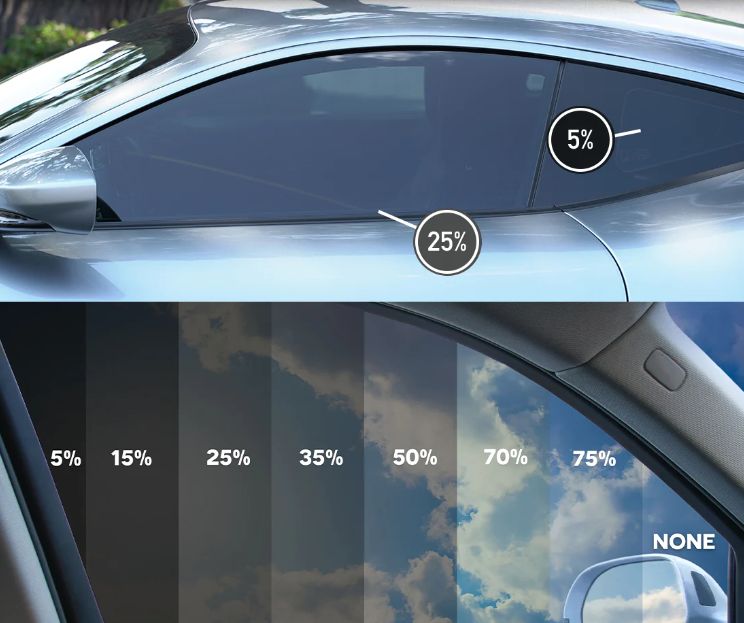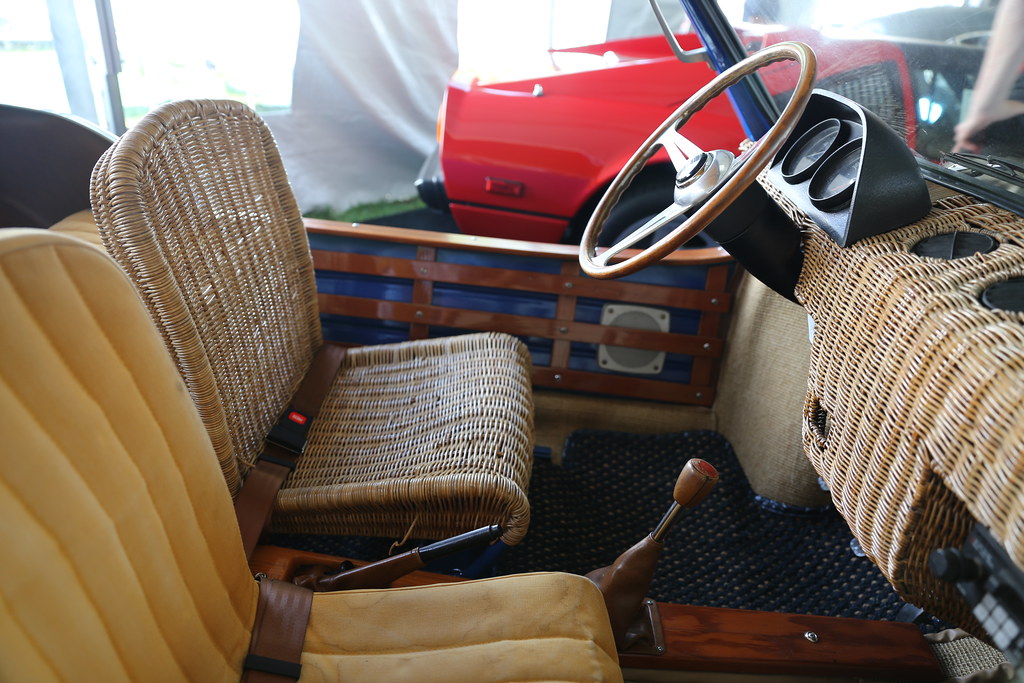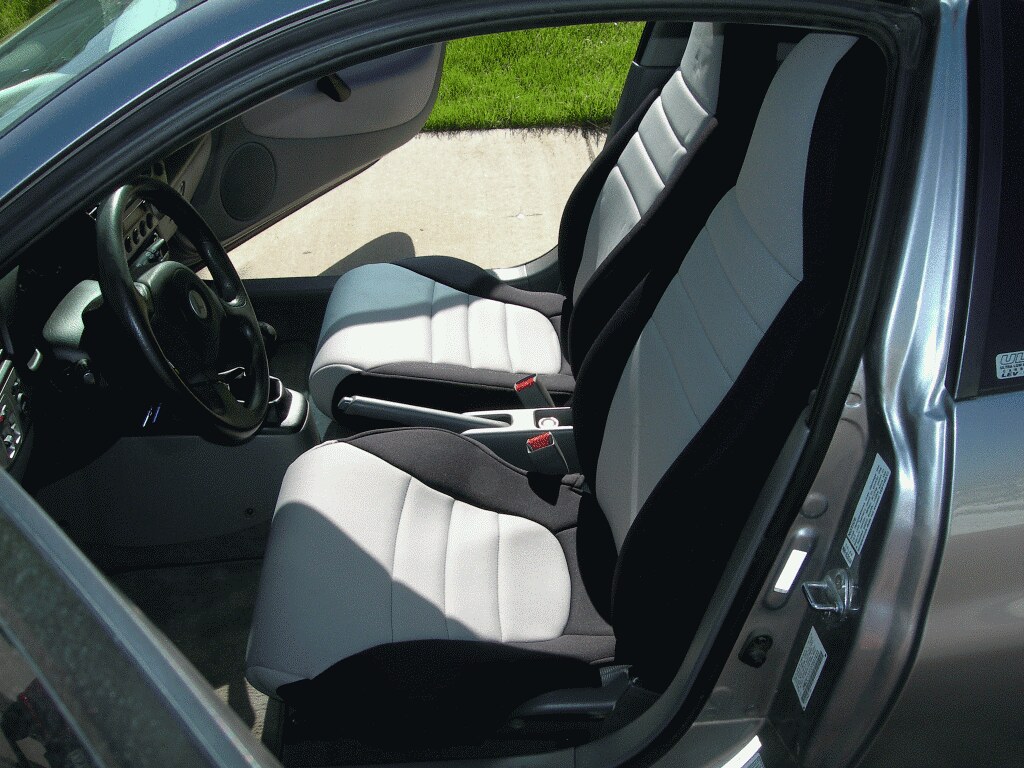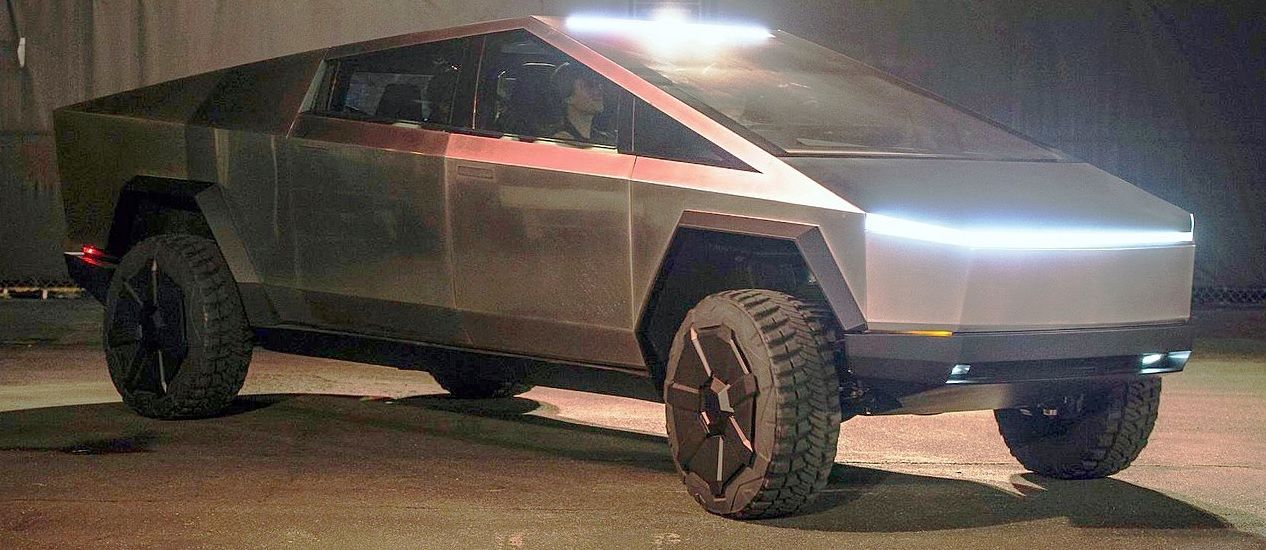
We’ve all been there. You walk across a scorching hot parking lot on a summer afternoon, you see the heat shimmering off the asphalt, and you brace yourself. You open your car door and it hits you: a wall of superheated air that feels like a blast furnace. The steering wheel is too hot to touch, the leather seats threaten to sear your skin, and the metal seatbelt buckle feels like a branding iron. This intense heat is more than just a temporary discomfort; it’s a relentless assault on your vehicle.
Over time, the sun’s powerful UV rays and the extreme temperatures they create can cause irreversible damage—fading, cracking, and warping the very materials that make up your car’s cabin. UV radiation acts like a relentless bleach, breaking down the chemical bonds in dyes and pigments, leading to a dull, faded, and aged appearance. The intense heat cycle—baking during the day and cooling at night—causes the plastic and vinyl on your dashboard and door panels to expand and contract, eventually leading to brittle materials and ugly cracks. This guide will provide you with a complete strategy to protect your car interior from summer heat.
Protecting your car’s interior from the brutal summer heat isn’t about any single magic bullet. It’s about a combined strategy of blocking the sun with shades and tints, protecting surfaces with covers and conditioners, and practicing smart habits. By taking these steps, you’re not just making your summer drives more comfortable; you are actively fighting against depreciation, preventing costly repairs, and ensuring that your car’s interior remains a pleasant and valuable space for years to come. Here are the crucial steps to ensure your car’s interior remains in pristine condition, regardless of the scorching summer sun.
1. **Invest in a Quality Windshield Sun Shade**Your car’s windshield acts like a giant magnifying glass, directly aimed at your dashboard. It is unequivocally the single largest source of solar heat gain in your vehicle, allowing concentrated sunlight to penetrate and heat your interior rapidly. A quality sun shade is not merely an accessory; it is a non-negotiable component for effective summer car care, dramatically reducing heat buildup and UV exposure.
When selecting a sun shade, consider the various types available to find the best fit for your needs. Custom-fit shades are meticulously designed for your specific make and model, offering edge-to-edge coverage that eliminates any gaps where the sun might otherwise sneak through. These are often characterized by their rigidity and a superior quality reflective surface, providing maximum protection.
Accordion or foldable shades represent the most common type on the market, prized for their ease of storage and universal availability. For optimal performance with this style, it is crucial to select one that features a highly reflective outer surface. This design actively bounces sunlight back out of the vehicle, rather than absorbing it, thereby preventing significant internal temperature increases.
Another option is the roll-up shade, which offers a classic and simple design that proves effective in blocking sunlight. While it functions well, some users might find it a bit more cumbersome to store compared to its accordion counterparts. Regardless of the type chosen, a critical pro-tip for maximizing effectiveness is to always place the reflective side of the shade facing outwards, ensuring that the sun’s thermal energy is reflected away from the car, rather than being trapped within. Sun shades are highly effective, significantly lowering interior temperature and preventing dashboard cracking and fading.
Read more about: Your Ultimate Checklist: 14 Essential Things to Examine During Your Used Car Test Drive

2. **Consider Professional Window Tinting**For those residing in climates that experience perpetually sunny and hot conditions, professional window tinting emerges as one of the most effective long-term solutions available. This is not simply about aesthetics; modern window films are incredibly advanced, offering far more than just a darker appearance. High-quality tint applications can block an impressive amount, up to 99%, of harmful UV rays.
Furthermore, these advanced tints are capable of rejecting a significant amount of solar heat, contributing substantially to a cooler interior. The benefits extend beyond mere temperature regulation. Quality window tints are instrumental in preserving your upholstery, dashboard materials, and even sensitive electric components from the damaging effects of intense sunlight, which can otherwise lead to burning and eventual discoloration. This proactive measure also enhances in-car comfort, especially on days with extreme heat.
Among the various types, Carbon Tint offers good heat rejection capabilities and is known for its durability, as it will not fade over time like some older, dyed films. For those seeking the pinnacle of performance, Ceramic Tint stands out as the premium option. Ceramic films are specifically engineered to block infrared radiation, which is the primary part of the light spectrum responsible for producing heat.
This innovative technology means that you can achieve superior heat rejection without the necessity of a very dark tint, thereby keeping your car significantly cooler while simultaneously maintaining excellent visibility. However, before proceeding with any tinting, it is an important note to check local regulations. Every state has different laws regarding tint darkness, measured as Visible Light Transmission (VLT). Ensuring compliance with these local regulations is a crucial step before installation.
Read more about: California Car Survival Guide: 13 Essential Tips to Shield Your Interior from Sun and Heat
3. **Use Side and Rear Window Shades**While the windshield often receives the primary focus for sun protection, it is essential not to overlook the other windows of your vehicle. Sunlight streaming through the side and rear windows can also inflict considerable damage on various interior components, including door panels, seats, and even any passengers occupying the back seats. These overlooked entry points for solar radiation can contribute significantly to the overall heat buildup and UV exposure within the cabin.
Fortunately, addressing this vulnerability is straightforward and cost-effective. Simple static cling or mesh window shades provide an inexpensive yet highly effective means of delivering additional protection. These types of shades are particularly beneficial when your vehicle is parked directly in sunlight, offering a tangible barrier against the sun’s relentless assault.
Beyond their protective qualities, these shades offer practical advantages. They can be easily installed and removed, making them a flexible solution for varying sun conditions. The investment in good-quality sun shades ensures that long-term benefits accrue, preserving the interior in its virgin state by actively blocking both heat and UV rays from entering through these often-neglected areas.
By complementing your windshield sun shade with coverage for side and rear windows, you establish a more comprehensive shield against sun damage. This multi-faceted approach helps maintain a cooler cabin and prevents the premature aging and degradation of a broader range of interior materials, safeguarding the comfort and aesthetics of your car’s interior.
Read more about: Your Ultimate Checklist: 14 Essential Things to Examine During Your Used Car Test Drive

4. **Apply a Dashboard Cover or Protectant**The dashboard of your vehicle is arguably the most exposed area inside a car and, consequently, takes the most direct and prolonged beating from the sun. Protecting it is critical for maintaining the aesthetic and structural integrity of your interior. Without adequate protection, the dashboard is highly susceptible to sun damage, including cracking, fading, and discoloration, which can significantly detract from your car’s overall appearance and resale value.
One effective solution is the use of Dashboard Covers. These physical barriers, typically made from carpet or fabric, offer a simple yet robust way to completely block harmful UV rays from reaching the dashboard surface. An added benefit of these covers is their ability to reduce glare, which can enhance driving comfort and safety, particularly on bright, sunny days. They provide extra protection from heat to the surface, diminishing the possibility of cracking.
Alternatively, UV Protectant Sprays or Wipes act like sunscreen for your car’s interior. A high-quality protectant will be formulated with powerful UV blockers and conditioners, designed specifically to nourish vinyl and plastic materials. These products restore a rich, satin finish, effectively avoiding the greasy, shiny appearance often associated with inferior products. More importantly, they prevent the material from drying out and cracking, which is a common consequence of prolonged sun exposure.
Regular application of such a protectant is a cornerstone of any effective plan to prevent sun damage in a car interior. These protectants create a protective layer on top of the dashboard, blocking harmful rays and helping to restore shine and flexibility in plastics and vinyls. Furthermore, they contribute to keeping the dash clean of dust and debris, thereby enhancing its lifespan and preserving its pristine condition against the elements.
Read more about: California Car Survival Guide: 13 Essential Tips to Shield Your Interior from Sun and Heat

5. **Use Seat Covers**Seat covers are a fantastic dual-purpose solution that offers significant advantages in protecting your car’s interior from sun damage and heat. Firstly, they provide a crucial physical barrier against the sun’s potent UV rays. This barrier shields your original fabric or leather upholstery from the relentless fading and discoloration that naturally occurs with prolonged exposure to sunlight. By interposing this protective layer, seat covers play a pivotal role in preserving the vibrancy and integrity of your car’s original seating materials.
Secondly, seat covers dramatically enhance in-car comfort, especially during warmer months. Imagine getting into a car with black leather or dark fabric seats after it has been baking in the sun for hours—the surface can be unbearably hot. By contrast, opting for light-colored canvas or breathable mesh covers ensures that the seating surfaces do not absorb nearly as much heat. This keeps them significantly cooler to the touch, making your entry into the vehicle far more pleasant and immediate.
Beyond just UV protection and temperature regulation, seat covers offer additional practical benefits. They serve as an effective safeguard against dirt, spills, and general wear and tear, preventing these elements from building up and staining the original upholstery. This means your car’s seats remain cleaner and in better condition for longer, which is a significant advantage for maintaining the vehicle’s interior aesthetics and resale value.
Removable covers are also easy to clean and replace, making them a highly feasible and practical investment for long-term interior preservation. They serve as an extra layer of protection, particularly beneficial for upholstery and dashboards, reducing the rate of direct sun impingement. This comprehensive protection helps extend the life and maintain the pristine appearance of your car’s interior.
Read more about: The Ultimate Guide to Used Car Hidden Gems: 12 Models Offering Unbeatable Reliability and Value
6. **Condition Your Leather Seats**Leather seats are a luxurious feature, but their natural composition makes them particularly prone to sun damage and degradation. Leather is a natural material that contains essential oils, crucial for keeping it soft, supple, and resistant to damage. However, the intense heat from the sun literally bakes these vital oils out of the material. This process leaves the leather dry, brittle, and highly susceptible to cracking, drastically diminishing its aesthetic appeal and structural integrity.
To effectively combat this, regular conditioning is paramount. It is recommended to clean and condition your leather seats every one to two months, particularly during the summer months when sun exposure and heat are at their peak. It is crucial to use a high-quality leather conditioner, preferably one that contains UV blockers. These specialized products are designed to replenish the oils lost due to heat and UV radiation, maintaining the leather’s natural suppleness and flexibility.
Applying a quality leather conditioner provides comprehensive leather seat protection, acting as a shield against the sun’s harsh effects. This not only prevents the leather from drying out and cracking but also helps in resisting fading and discoloration, ensuring that the rich color and texture of your seats are preserved. This regular care routine is an investment in the longevity and comfort of your car’s interior.
Just as leather requires specific attention, fabric and synthetic seats can also benefit from similar protective measures. These materials can be treated with upholstery protectants designed to create a barrier against UV rays, thereby preventing premature wear and tear. Choosing products specifically formulated for automotive interiors ensures that all types of seats stay well-maintained, aesthetically pleasing, and more resistant to the inevitable wear that comes with consistent sun exposure.
Smart Habits and Rapid Cooling Techniques: Beyond physical barriers and surface treatments, adopting smart daily habits and understanding efficient cooling methods can significantly enhance your car’s interior protection. These strategies often involve simple adjustments to your routine that yield substantial benefits in combating summer heat and UV damage.
Read more about: The Ultimate Off-Road Showdown: 2025 Ford Bronco vs. Land Rover Defender Face-Off

7. **Parking Smart – The Power of Shade**The most straightforward yet frequently overlooked method to combat interior sun damage is strategic parking. Whenever feasible, choosing to park in a shaded area can dramatically reduce the car’s exposure to direct sunlight. This includes utilizing garages, carports, or even the shade provided by buildings and large trees.
Even partial shade during the hottest parts of the day offers a significant advantage. Minimizing direct UV exposure is crucial for preventing paint fading, as UV rays actively degrade chemical bonds in pigments over time. This simple act safeguards both your exterior and interior materials.
Beyond external benefits, shaded parking directly contributes to a cooler car interior. Direct sunlight can rapidly elevate internal temperatures, which can damage upholstery, plastic components, and sensitive electronics. A cooler cabin also places less strain on your air conditioning system when you eventually start the car, improving its longevity and efficiency.
In situations where shaded parking is unavailable, consider using a properly fitted car cover designed for sun protection. These covers provide a comprehensive block against sunlight, helping to maintain a cooler interior environment and preserving the car’s overall condition.
Read more about: The 2025 Hyundai Palisade for Your Next Long Haul: An Objective Deep Dive into Its Road Trip Capabilities

8. **Cracking the Windows (Safely)**Allowing for natural air circulation is a surprisingly effective method to prevent extreme heat buildup inside a parked vehicle. By leaving your windows cracked open just an inch or so, you create an escape route for superheated air. This subtle opening facilitates a convection current, where hot air rises and escapes, preventing interior temperatures from skyrocketing.
This simple adjustment plays a vital role in protecting your car’s interior components. Extreme internal temperatures can cause dashboards, steering wheels, seats, and electronic systems to undergo a continuous cycle of heating and cooling. This stress leads to premature wear, potentially causing materials to warp or crack over time.
Furthermore, high internal temperatures force your air conditioning system to work much harder and longer to cool down an overheated car when you begin driving. This increased workload can lead to higher fuel consumption and may shorten the lifespan of the AC unit itself.
It is crucial to exercise caution when cracking windows. Only employ this technique in secure, safe areas where there is no concern about theft. Additionally, always check the weather forecast for unexpected rain showers to prevent water damage to your car’s interior.
Read more about: California Car Survival Guide: 13 Essential Tips to Shield Your Interior from Sun and Heat
9. **Use a Steering Wheel Cover**One of the most immediate discomforts when entering a sun-baked car is the scorching hot steering wheel. A simple cloth or light-colored steering wheel cover can be an invaluable, inexpensive solution to this common problem. It acts as a physical barrier, absorbing less heat than the exposed wheel material.
Using such a cover can make the critical difference between being able to drive away instantly and having to wait several minutes for the steering wheel to cool to a safely touchable temperature. This preserves both comfort and safety, preventing the driver from fumbling with a dangerously hot surface.
Beyond a dedicated cover, a straightforward trick involves adjusting the steering wheel’s position when parking. By turning your steering wheel 180 degrees, the section you typically grip is rotated away from direct sunlight, leaving a cooler portion for your hands when you return. This allows the part exposed to the sun to cool down more gradually.
These methods ensure that your primary control interface remains manageable and comfortable, enhancing the driving experience even on the hottest days. Protecting this frequently touched surface also contributes to its longevity, preventing material degradation from continuous heat exposure.
Read more about: Used Car Buyers Beware: These 7 Vehicle Brands Are Most Often Reported as ‘Lemons’ – Your Guide to Avoiding Costly Mistakes

10. **Storing Heat-Sensitive Items Out of Sight**Leaving certain items in direct sunlight within a parked car can lead to significant damage or even safety hazards. It is a critical practice to never leave heat-sensitive items exposed, as interior temperatures can reach extreme levels rapidly. These items require careful consideration to prevent potential issues.
Electronics, such as smartphones, GPS units, or tablets, are particularly vulnerable. Their sensitive components are not designed to operate in the oven-like conditions that a car’s interior can become. Prolonged exposure to intense heat can lead to malfunction, permanent failure, and a shortened lifespan for these devices.
Aerosol cans, including common items like hairspray, air fresheners, or tire inflators, pose a serious explosion risk when subjected to high temperatures. The pressure inside these cans increases with heat, potentially causing them to rupture violently and create dangerous projectiles or chemical releases within the cabin.
Even seemingly innocuous items like plastic water bottles can become problematic. High heat can cause plastics to leach chemicals into the water, affecting its quality. In rare instances, a clear water bottle can act like a lens, focusing sunlight onto a flammable surface and starting a fire within the vehicle, highlighting the diverse risks of interior heat.

11. **Employing the Window Fanning Trick**When you find yourself needing to cool down an already hot car quickly, one highly effective method is the “window fanning trick.” This clever technique utilizes principles of air pressure to rapidly flush superheated air out of the vehicle’s cabin, making a noticeable difference almost instantly.
To execute this trick, begin by rolling down the front passenger-side window completely. Crucially, ensure that all other windows and doors remain firmly closed. This setup is essential for creating the directional airflow needed to ventilate the interior efficiently.
Next, move to the driver’s side of the vehicle. Open the driver’s side door and then close it firmly, but without slamming it, five or six times. This rhythmic opening and closing motion acts much like a bellows, actively pumping the trapped, hot air out through the open passenger window.
This action effectively draws cooler, ambient air into the vehicle as the hot air is expelled. The rapid exchange of air means you will often feel a significant drop in the interior temperature almost immediately, making the car much more comfortable to enter and drive off.
12. **Using Your AC the Right Way for Maximum Efficiency**While the air conditioning system is your primary tool for cooling, using it strategically can enhance its efficiency and your comfort. Simply blasting the AC on maximum from the moment you start the car is not always the most effective or economical approach, especially after it has been sitting in the sun.
When you first start driving an overheated car, begin by opening the rear windows for approximately 10 to 20 seconds. This initial step helps to push out a substantial amount of the extremely hot, trapped air as your vehicle starts to move. This reduces the immediate thermal load on your AC system.
Once this initial blast of hot air has been expelled, close all the windows. Then, switch your AC system to the “recirculate” setting. This function is typically indicated by a button with a U-turn arrow inside a car icon. Engaging recirculation is a crucial step for efficient cooling.
By selecting recirculate, you instruct the AC system to cool the air that is already inside the cabin, which is progressively getting cooler. This is far more efficient than continuously attempting to cool the fresh, often much hotter, air drawn in from outside, allowing the system to achieve your desired temperature more quickly and with less energy consumption.
Conclusion
Read more about: Unearthing the Untamed: 2025’s Premier Factory Off-Road Vehicles Engineered for American Terrain
Protecting a car’s interior from sun damage and fading is an ongoing commitment that combines careful attention and proactive measures. Employing sunshades, applying UV protectants, and consistently seeking shaded parking are fundamental steps that collectively shield upholstery, dashboards, and trim from the sun’s harsh effects. Regular conditioning and cleaning routines further enhance the interior’s durability, actively inhibiting premature wear and tear. With this dedicated approach to care, it is entirely possible to maintain your car’s interior in excellent condition, preserving both its aesthetic appeal and its long-term value for many years to come.


